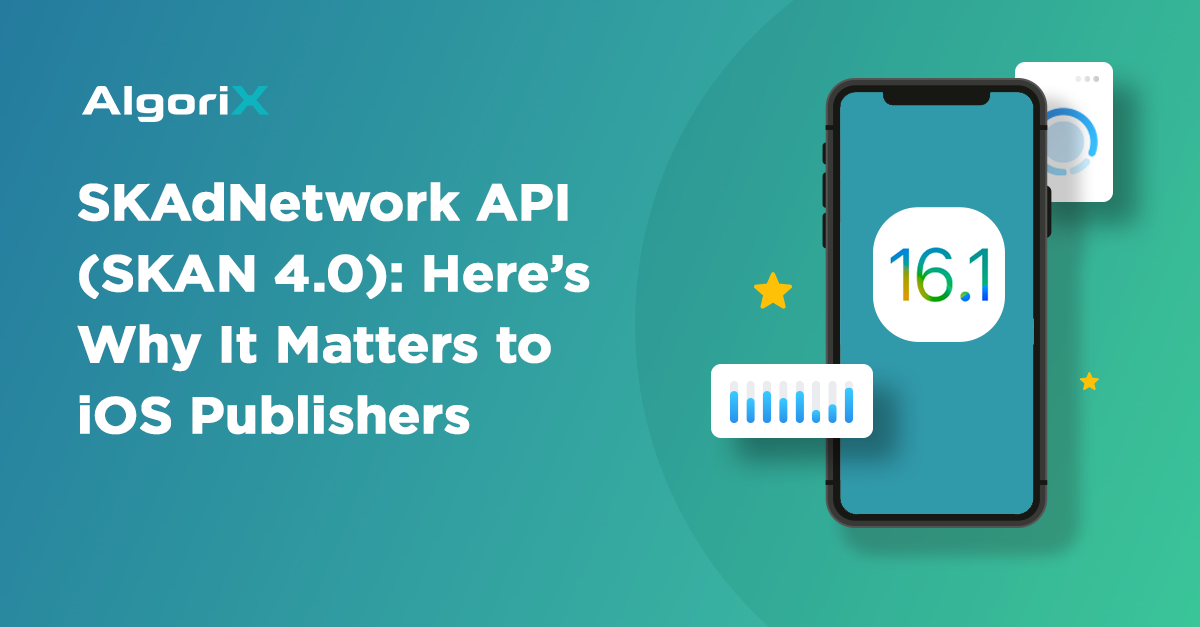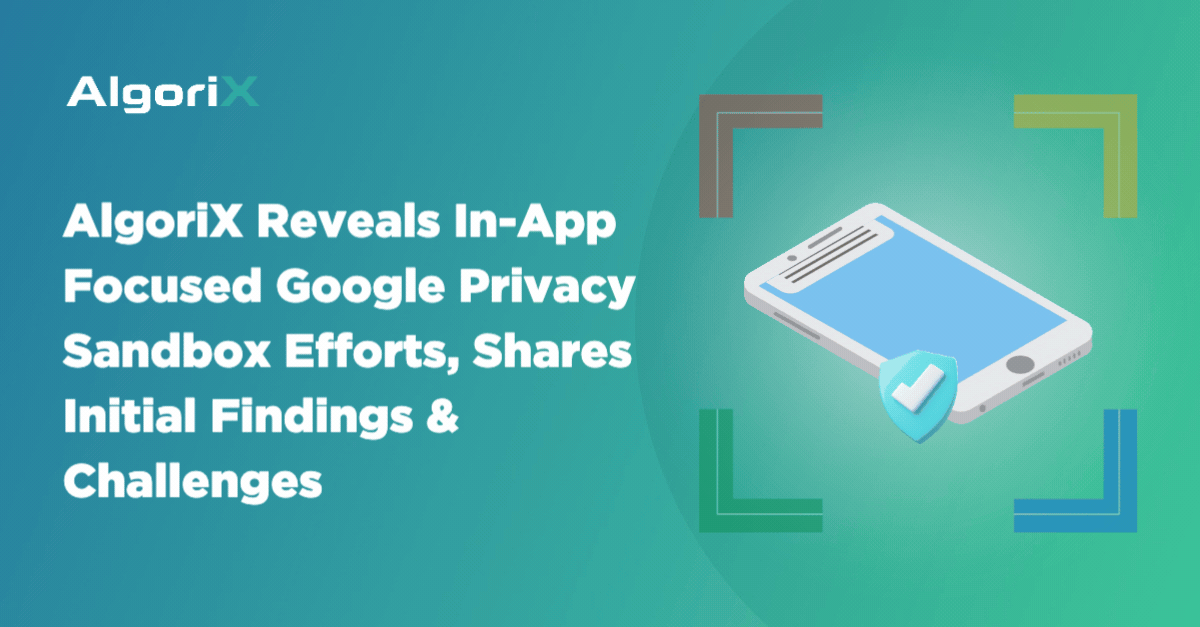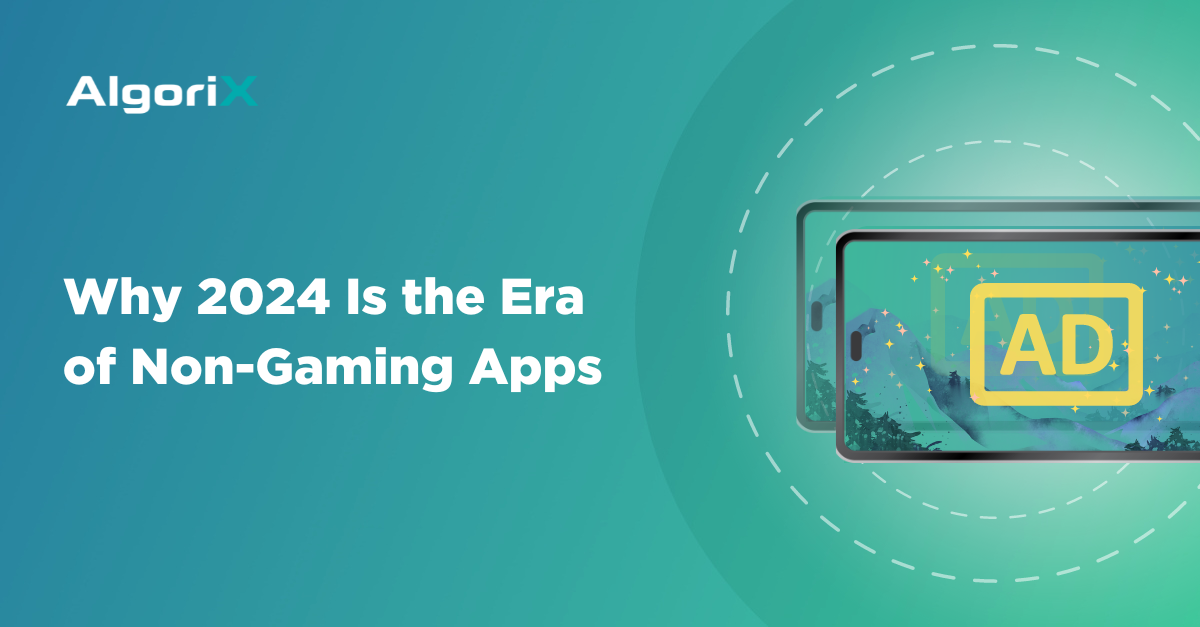In the latest Worldwide Developers Conference (WWDC), Apple finally launched its SKAdNetwork 4.0 (SKAN 4.0), which they earlier hinted at in June. This new rollout applies to iOS 16.1 and iPad OS 16.1, featuring tons of new features for app developers and ad networks. This may be an exciting update. However, like any new iteration, it comes with complexities that may be difficult to navigate.
What the SKAN 4.0 Means to You
According to Apple, the SKAN 4.0 API addresses an essential aspect of advertising. It allows advertisers to “measure the success of advertisements by attributing app installations to specific campaigns.”
What’s more interesting is that this measurement happens while keeping the user’s information private and secure.
For publishers who want to leverage the new features, here’s what you should know about this new update:
1. Conversion Value Graining
The update allows you to increase the insights you get from conversion value graining. Before, it was already possible to map events and plan the conversion value. However, this new capability lets publishers assign a tier in the conversion values, depending on the grain: low, medium, or high.
With this insight, it’s possible to understand user quality better. For instance, you can use coarse values to monitor revenues, events, or retention numbers that impact the iOS app’s consumer lifetime value.
2. More Postback Windows
With SKAN 4.0, Apple has multiple conversions with postback windows. These postback windows help developers and advertisers measure the engagement from an installed app over time.
The postback window improved from one in 24 hours to three windows of up to 35 days. These additional postback windows allow you to reduce your conversion value to null. Coupled with coarse and fine values, it’s possible to receive more postbacks even for low-volume campaigns.
3. Improved Privacy
Apple’s campaign for privacy improves further with the SKAN 4.0, particularly for the privacy threshold. Before the SKAN 4.0 update, developers would usually get a null postback for users who failed to hit the privacy threshold.
With the SKAN 4.0 update, the privacy threshold now has four tiers (0,1,2 and 3) of crowd anonymity. Apple assigns this tier per installation. Since it’s highly likely to get a complete payload during the initial postback, publishers will have more data to work with. It will help them develop conclusions and optimize their campaigns.
5. Better Attribution
At present, the web-to-app attribution is exclusive to Safari. But it won’t matter since more than 90% of iOS users use Safari as their preferred mobile browser anyway. SKAN 4.0 now offers the possibility of attributing web advertising directed to App Store product pages, improving cross-channel attribution.
Driving iOS Success with AlgoriX
SKAN 4.0 supports multiple ad formats, from static images and videos to audio and interactive ads. This new update presents a critical transition in iOS advertising and measurement. This is only the beginning. More growth will happen soon, and publishers and advertisers must adapt and develop new solutions to stay ahead of the competition.
Connect with our experts to learn how AlgoriX can help you stay updated with the latest iOS developments and align them with your campaign.











